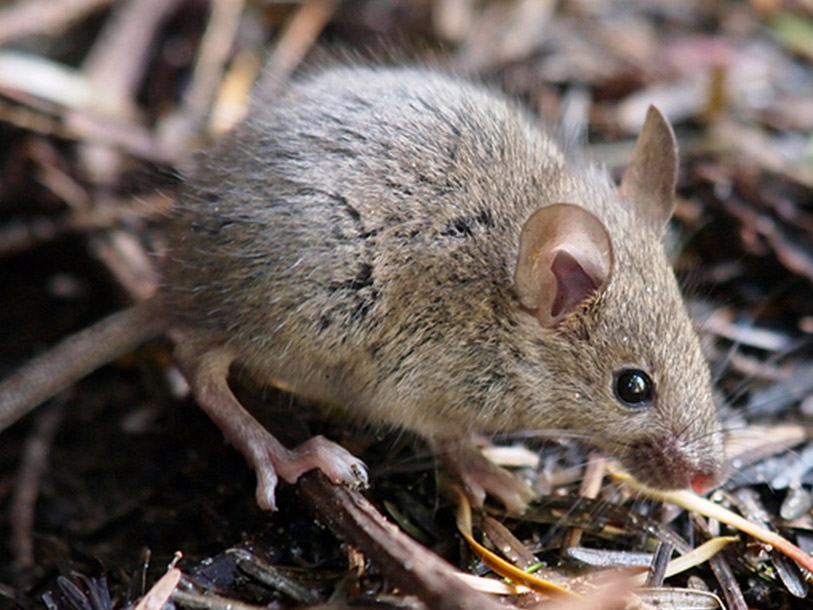Corporate Office:
20 Corporate Park Drive, Suite 150
Pembroke MA 02359
Cambridge, MA Office:
2534 Massachusetts Ave,
Cambridge, MA 02140
May 23, 2025

When you hear scratching in the walls, see droppings in the pantry, or catch a glimpse of something scurrying across the floor, one big question comes to mind:
At Secured Environments Pest and Wildlife Services, we know that correctly identifying the pest in your home is critical to removing it quickly and safely. Mice and rats behave differently, reproduce at different rates, and require different control strategies.
Here’s how to tell the difference—and why it matters.
Size and Appearance
Mice are small, typically 2 to 4 inches long (not including the tail), with long, thin, hairy tails. They’re light-footed and often look delicate.
Rats are much larger—about 7 to 9 inches long—with thick, scaly tails that are usually shorter than their bodies. They have a more robust and aggressive appearance.
Mice are curious creatures and tend to explore more freely. They’re often seen scampering along walls or darting across rooms. Rats, especially Norway rats, are more cautious and typically avoid open spaces. If you see a rat out in the open, there are likely many more nearby.
Both pests are nocturnal, but rats are stronger chewers and can cause more serious damage by gnawing on pipes, insulation, and even concrete.
Mouse droppings are small, about the size of a grain of rice, and have pointed ends. Rat droppings are larger—about half an inch or more—and capsule-shaped.
You might also notice gnaw marks on food packaging, wiring, or wood. Mice can squeeze through very small openings, as tiny as a quarter-inch, while rats require larger entry points.
Different pests require different treatment plans. Mouse infestations can often be handled with smaller traps, bait stations, and sealing of tiny holes. Rat infestations demand stronger traps, more extensive exclusion work, and sometimes dealing with burrows or exterior access points.
Treating the wrong pest often leads to ineffective results and recurring problems.
Whether it’s mice, rats, or both, Secured Environments Pest and Wildlife Services offers:
Don’t guess—get peace of mind with a trusted local expert. Contact Secured Environments Pest and Wildlife Services today!